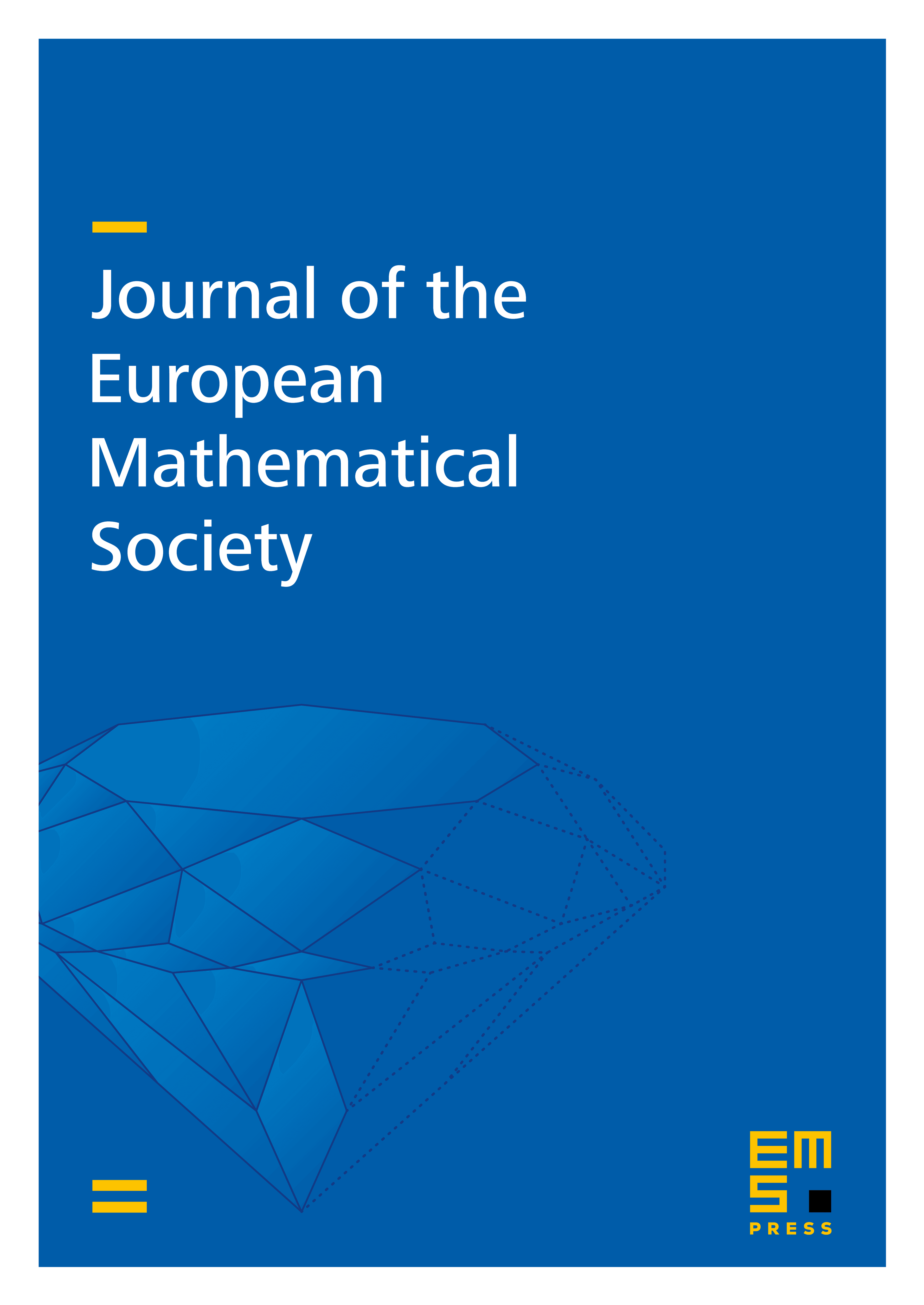Maximal subgroups of finitely presented special inverse monoids
Robert D. Gray
University of East Anglia, Norwich, UKMark Kambites
University of Manchester, Manchester, UK

Abstract
We study the maximal subgroups (also known as group -classes) of finitely presented special inverse monoids. We show that the maximal subgroups which can arise in such monoids are exactly the recursively presented groups, and moreover every such maximal subgroup can also arise in the -unitary case. We also prove that the possible groups of units are exactly the finitely generated recursively presented groups; this improves upon a result of, and answers a question of, the first author and Ruškuc. These results give the first significant insight into the maximal subgroups of such monoids beyond the group of units, and the results together demonstrate that (perhaps surprisingly) it is possible for the subgroup structure to have a complexity which significantly exceeds that of the group of units. We also observe that a finitely presented special inverse monoid (even an -unitary one) may have infinitely many pairwise non-isomorphic maximal subgroups; this contrasts sharply with the case of (non-inverse) special monoids, where Malheiro showed that all idempotents lie in the -class of , from which it follows that all maximal subgroups are isomorphic.
Cite this article
Robert D. Gray, Mark Kambites, Maximal subgroups of finitely presented special inverse monoids. J. Eur. Math. Soc. (2025), published online first
DOI 10.4171/JEMS/1585